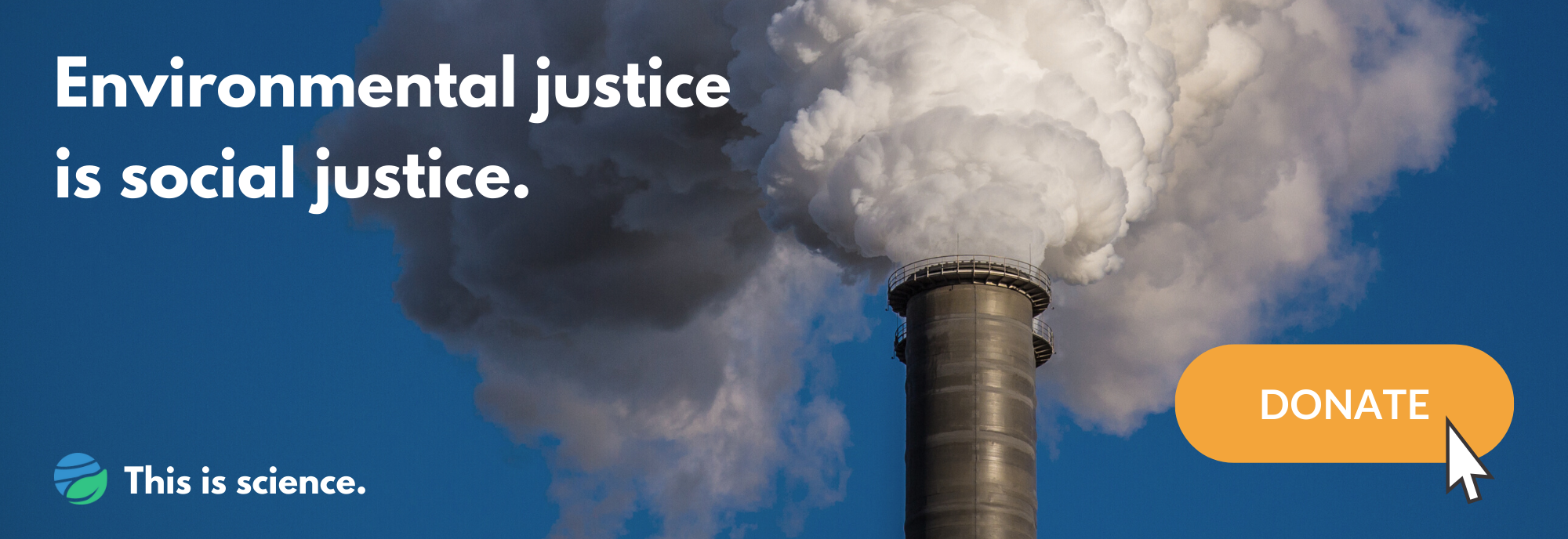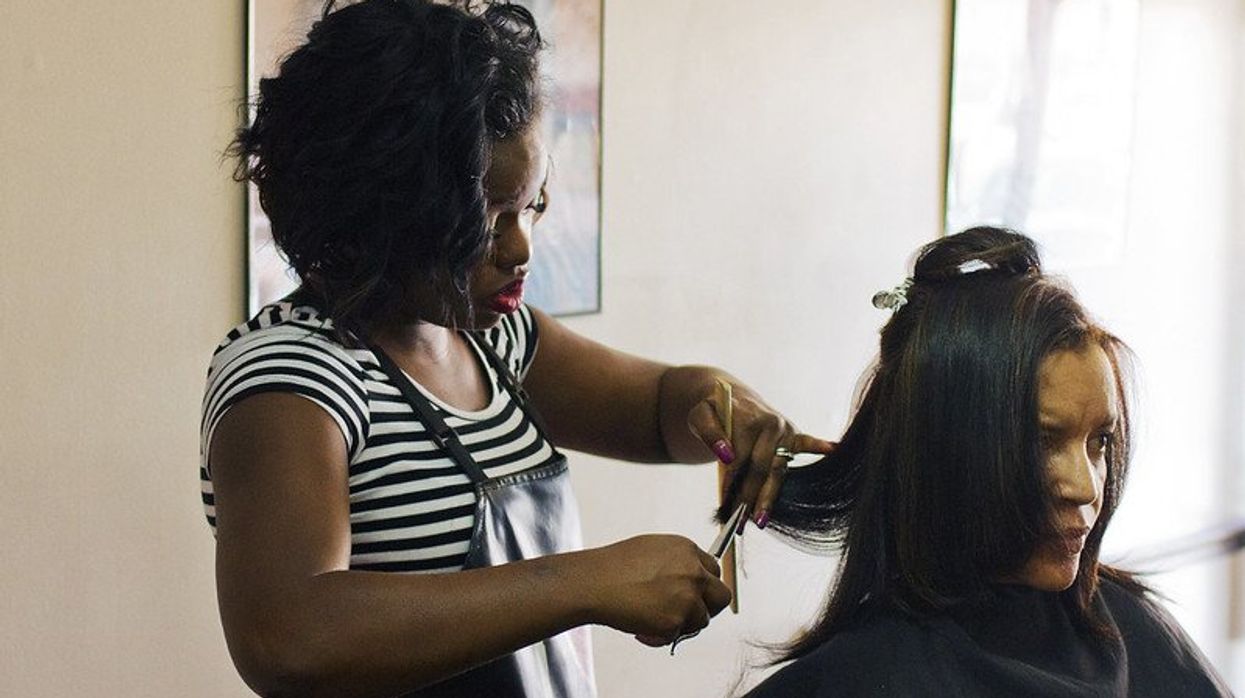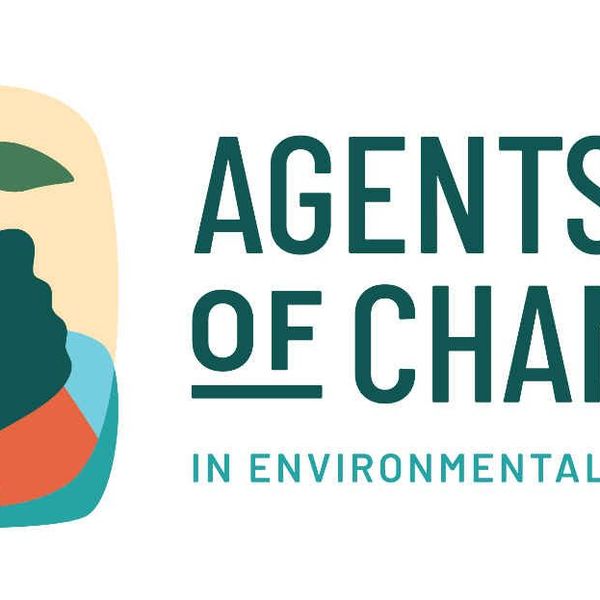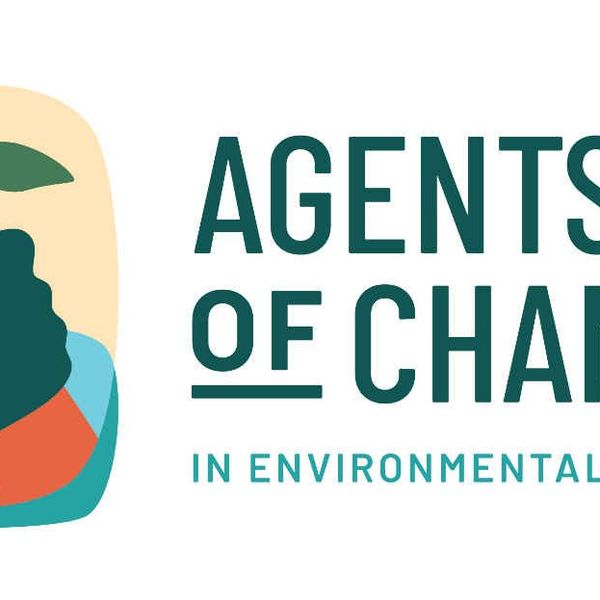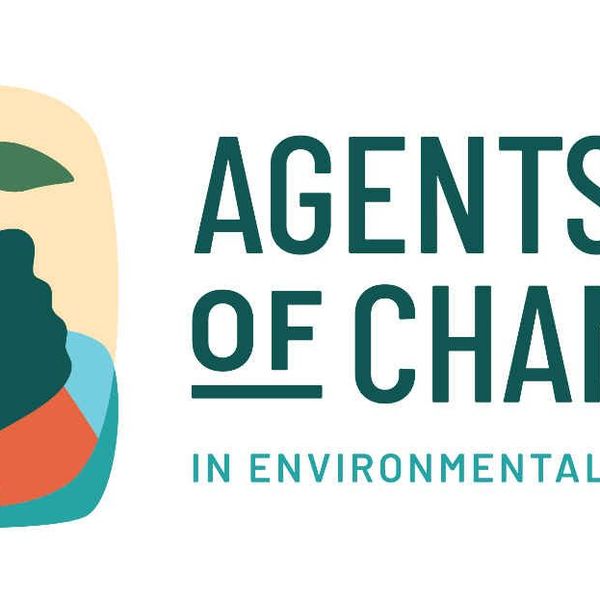Oregon winters are not for the faint of heart.
The sound of droplets hitting concrete goes on for months. I see many of the same unhoused people riding public transit all day. In the morning, one direction, and in the evening, the opposite – still in the same seat where I saw them hours earlier.
They sit out of the way, quiet. People around them pull cords, press buttons. All the while, they’re sleeping, existing, surviving. Sometimes, I find myself projecting my busy day onto them, often joking with some of them,“damn, you still here?!” But once the brief laughter subsides, I see them as the humans they are and understand: it’s warm and safe here. For some, the winter holidays are not about family and friends. Rather, it’s hours, days and months of survival.
Whenever I think of the unhoused people in Oregon and the rest of the country, I reflect that they are half a million in number, and are emblematic of a broken affordable housing system. A history driven by discrimination and racism, bloated state housing institutions and a lack of understanding of what equitable housing looks like has shaped the inhospitable landscape of affordable housing in the U.S. The most marginalized are pitted against each other fighting for shelter in underfunded, unhealthy and dilapidated developments with the promise of a better future. A solution may exist, but America will need to look outside itself and ask the deeper questions: who builds affordable homes, how they are built, where they are placed, and what is their end goal? And answering them will require a radical solution.
Manufacturing the affordable housing crisis

A NYC housing protest in 2016.
Credit: Informed Images/flickr
To understand how we got to this bleak landscape, we need to examine the history of affordable housing in the U.S. The first affordable housing efforts came in 1937, when the federal government created the United Housing Act, which greenlit loans to public housing groups that were focused on low-rent housing construction. World War II railroaded early public housing developments in cities due to the need for immediate single-family veteran housing. The 1940s saw an influx of affluent suburban residents who had the financial flexibility to move out of the city. This diffusion of people quickly became more than just the relocation of peoples, but ultimately the redistribution of wealth, race and adequate housing.
This essay is also available in Spanish
At the end of the 1940s segregationist policies took root. Congress passed the Housing Act of 1949, which aimed at developing affordable housing in cities. But things didn’t go as planned. Mostly Black Americans moved into the low-income housing, staunchly different from the white-picket-fence homes of white people in suburbia. Black Americans found themselves round up like cattle with few choices to improve their housing situation – they could only move to similarly crumbling neighborhoods.
In 1973, President Nixon placed an 18-month moratorium on public housing spending. This decision prevented progress of urban affordable projects, effectively stopping development projects, which led to the proliferation of what we know today as the derogatory phrase “housing projects.” When no longer supported federally, various states soon followed Nixon’s steps; city communities soon faltered, trapping low-income Black Americans in decaying, underfunded buildings.
Many Black Americans in low-income urban housing developments had mounting housing needs — such as building maintenance and toxic material removal.
And to see how this still manifests today, look no further than the largest housing authority in the U.S.
Bloated state institutions

James Weldon Johnson Houses in East Harlem, NYC.
Credit: Zach Korb/flickr
Disinvestment affects even the largest public housing authority in the U.S., the New York City Housing Authority (NYCHA). NYCHA serves just more than half a million residents, yet the U.S. and New York state have steadily moved away from funding NYCHA since 1998, according to the agency’s 2022 fact sheet. The result is more than $40 billion – yes with a “b” – in major pending damages and only about 12,500 NYCHA employees supporting residents and maintaining the backlog of pending repairs.
The systemic disinvestment in the NYCHA prevents residents from prioritizing healthier materials for their homes. Moving away from toxic materials — such as lead-based paint and moldy building interiors — is mired in construction bureaucracy. Residents’ only option is often renovating their homes when NYCHA is planning to renovate a large number of apartments, “often as part of an even larger upgrade that includes building systems nearing the ends of their useful lives,” according to NYCHA’s most recent design guidelines. This means residents have no reassurance to timely upgrades to improve their health and well-being. Whether it’s mold, lead paint or rat infestations, affordable housing residents continue to get piecemeal solutions to unhealthy — sometimes toxic — problems in their homes.
To be clear: the people who make up the various state housing institutions are not solely to blame – it’s a system problem. A system that, among other unreasonable behaviors, encourages NYCHA superintendents to falsely record fixes. Continuing to operate in a system that does not have the consistent state or federal backing is a waste of time.
The situation is so dire that a solution might seem impossible. A part of me even feels disillusioned. I’m stubborn, though, and I searched for examples of possible solutions in Europe. I realized I might have found the radical solution I was looking for.
A radical affordable housing solution
In the 1980s, the city of Vienna, Austria, collaborated with private housing developers by buying land and enabling the housing developers to build on this government-owned property. Fast-forward, Vienna populated the nearly 200,000 units in its social housing market with primarily low-income residents. Opting to move away from owning residential developments (like what we see in the United States), Vienna is pushing that ownership to private developers, who have the financial muscle to repair, maintain and upgrade buildings.
Privatization does not mean that developers act with impunity. Vienna evaluates proposals based on architectural quality, environmental performance, social sustainability and cost. Additionally, private developers who choose to collaborate with the Viennese government must rent half of the new apartments to low-income residents (low income in Vienna is defined as paying no more than 20% to 25% of their household income for housing) in exchange for low-interest loans. Unlike the U.S., where affordable housing developments are stigmatized as “public housing,” Vienna uses the term “social housing,” which centers people and their community irrespective of how much money they make. The developments never become “that place where only poor people live.”
A great example: Vienna’s 12th district, Kabelwerk. Comprising about 1,000 or so subsidized residential units, the Kabelwerk community also has a local metro station and various communal shops – amenities that are a direct result in the country's investment in social housing communities, not away from them. Kabelwerk’s residential units also serve as an indirect intersection between various groups of people including homeowners, renters, refugees, students and individuals who may require assisted living. The intersection of these groups is designed to get people together of various backgrounds, dismantling barriers, in lieu of erecting them. Austria’s approach to social housing is a great example of how systematic investment into affordable housing contributes to positive living conditions for low-income residents.
As American state-led agencies like NYCHA and others look for answers within the same decrepit system, the need for a completely revamped affordable housing system becomes painfully evident. The way we as a nation approach affordable housing should begin with centering the people in the homes, staying away from social stigmas and empowering decision-makers to build healthy communities. We need projects that are completed, and are maintained during their lifespan.
A strong person, home or community begins with its foundation. It’s time to rebuild ours.
This essay was produced through the Agents of Change in Environmental Justice fellowship. Agents of Change empowers emerging leaders from historically excluded backgrounds in science and academia to reimagine solutions for a just and healthy planet.
- Why housing security is key to environmental justice ›
- LISTEN: Veena Singla on turning science into policy ›
- LISTEN: Diana Hernández on housing and health ›
- Tapping into the power of community to make informal settlements healthier - EHN ›
- Aprovechar el poder comunitario para hacer más sanos los asentamientos informales - EHN ›
- Making informal settlements healthier - EHN ›


